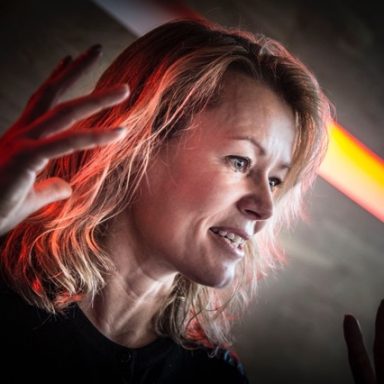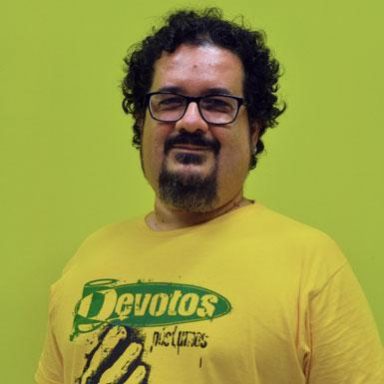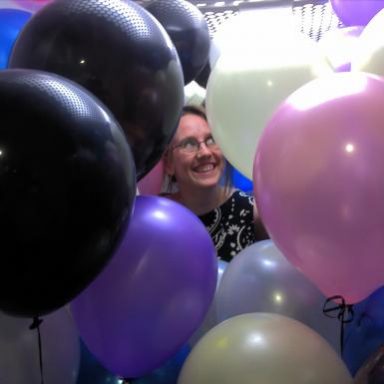Creating during the Recife cultural exchange lab in 2014, Aquatic Pathways addressed the problem of Recife’s heavily congested roads. Aquatic Pathways explored how the waterways of Recife could be used for transport.
The project sought to increase awareness of the numerous river taxis that populate Recife’s waterways. The group behind Aquatic Pathways felt it was important for the citizens of Recife to be actively involved and tell the authorities how they wanted to use the river.
The designers crowdsourced potential pick up points in the city using Google Maps. To physically represent the data they collected, they created interactive lighting on the beautifully painted skiffs (boats) to make them more visible. Once the boat entered an area where lots of people had added markers, the colour of the LEDs changed. The photograph above is a long exposure photograph of the boat moving between areas.
To showcase the project they created a tracking system that followed a small model wooden boat around a table. Moving the boat to a hotspot made the table glow different colours before fading back to its default state. They used the model boat and table to demonstrate the project to city planners and communicate what they wanted to achieve in the long term.





